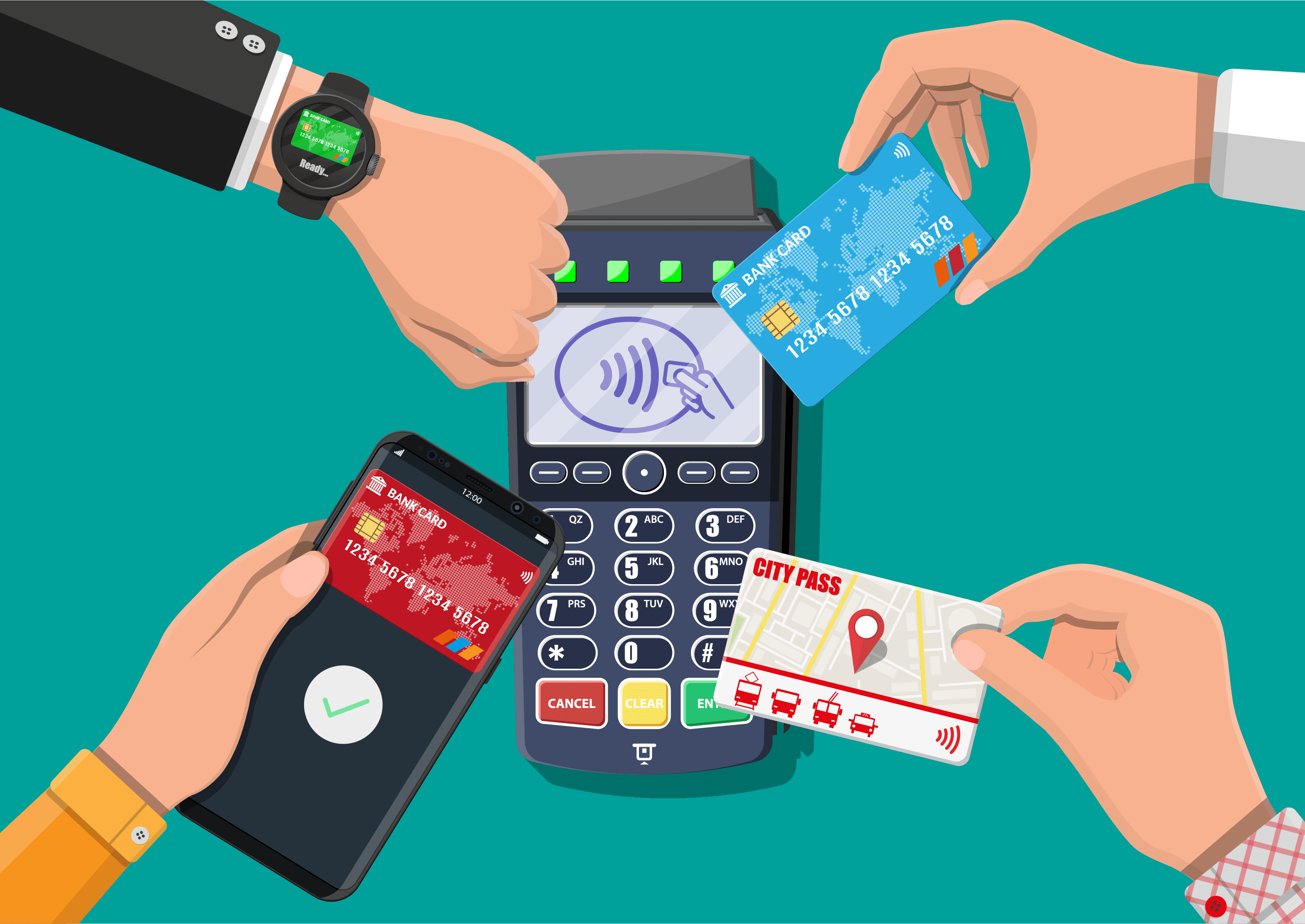Innovation and technology are now the critical ingredients for success in the quick-paced banking world. Due to the emergence of FinTech, the market is constantly changing, and it is essential to keep ahead of the curve to remain competitive. As 2023 is here, it’s critical to glimpse into the future and comprehends the qualities FinTech apps will want to succeed. Explore the latest FinTech app trends for seamless user experience and accelerated business growth around the world.
Some of the elements that are essential/trends for developing FinTech apps in 2023 will be covered in this post.
Personalization
Personalization is a significant trend in the creation of FinTech applications. Users will thus anticipate a customized experience that meets their requirements. Based on user behavior, demographics, and financial history, the app should be able to provide recommendations for products and services. Data analytics and machine learning algorithms that examine user data and generate tailored suggestions can be used. FinTech applications may increase consumer engagement and loyalty by offering a personalized experience to customers.
AI and Machine Learning
The application of AI and machine learning in FinTech app development will increase. Thanks to this technology, apps may now provide predictive analytics, fraud detection, and improved customer service. Users may get 24/7 support from chatbots powered by AI, which can help them address their problems quickly and effectively. Machine learning algorithms can also examine user data to spot trends and forecast future behavior. It can assist FinTech businesses in enhancing their marketing approaches and focusing on users with tailored offers and services.
Integrating Blockchain
In 2023, it’s anticipated that blockchain technology will still be upending the financial sector. Blockchain technology will be used in FinTech apps to give users efficient, safe, and transparent transactions. A decentralized ledger that records all transactions may be made using blockchain technology, making it nearly hard to hack or modify. It will increase transaction security and lower the possibility of fraud.

Contactless Transactions
Due to the growing popularity of contactless payments, FinTech applications will need to provide a variety of quick, safe, and simple payment methods. In 2023, peer-to-peer payments, digital wallets, and mobile payments will all grow in popularity. FinTech firms must ensure that their applications interact with third-party payment gateways and are compatible with widely used payment methods.
Authentication via a biometric
PINs and passwords will be obsolete as FinTech apps move towards biometric authentication. Users may log onto their accounts using voice, face, or fingerprint recognition. A safer and more convenient method of accessing accounts is provided by biometric authentication, which also lowers the possibility of fraud and identity theft.
Real-Time Data Analytics
Real-Time Data Analytics make it possible for users to keep their finger on the pulse of their finances. This feature allows people to track their spending habits, view balances, and receive notifications in case of transactions that raise suspicions. Real-time data analytics also offer users comprehensive insights into their investments and lend a hand when making financial decisions.
Multi-Currency Support
FinTech apps must handle numerous currencies as global trade expands and provide exchange rate estimates. Users may now do currency conversions and send money overseas without paying high transaction costs.

Strong Security Features
Security risks will grow as FinTech apps gain popularity. It will be essential to safeguard user data and stop unauthorized access by implementing robust security mechanisms. FinTech businesses will need to invest in cutting-edge security features like encryption, multi-factor authentication, and biometric authentication to secure the security of their apps.
Integration with Third-Party Applications
Thanks to the integration with third-party applications, users will have a smooth user experience and can access more financial services and products without leaving the app. Users may use their FinTech app to access investing platforms, insurance services, and budgeting tools. FinTech businesses may provide consumers various financial services by connecting with third-party applications, increasing client loyalty and retention.
Multiple Payment Options
Providing customers with various payment options is critical as they seek convenience. Fintech apps should incorporate payment mechanisms like digital wallets, bank transfers, cryptocurrency, and the usual credit and debit card payments. A variety of payment methods can encourage more transactions and improve consumer satisfaction.
Chatbots powered by AI
AI-powered chatbots can help banking apps deliver better customer assistance and service. Customers may get easy assistance from chatbots with tasks like managing investments or checking account balances. Additionally, chatbots can make tailored recommendations based on the user’s preferences and transaction history, which increases engagement and customer satisfaction.
Automated Savings
Fintech applications can also provide automated savings capabilities to make it simpler for consumers to save money. Users can opt to automatically save a certain proportion of their transactions or set up periodic payments to a savings account using automated savings. These features can aid consumers in strengthening their saving practices and enhancing their financial security.
Personal Finance Management
Lastly, fintech applications may give consumers resources to help them manage their money more effectively. It includes financial planning, investment management, credit monitoring, and budgeting tools. With the help of these tools, users can keep tabs on their spending, handle their debts, and plan for the future of their finances.
Conclusion
Fintech applications are revolutionizing how we handle money, making it easier and more convenient than ever. Staying current with the newest trends and features as the fintech sector develops is crucial. Fintech apps may provide consumers with a smooth and customized experience by including the some essential elements/trends covered in this article. The fintech sector is expected to develop significantly over the next few years, and having the proper features may help businesses draw in and keep clients.




